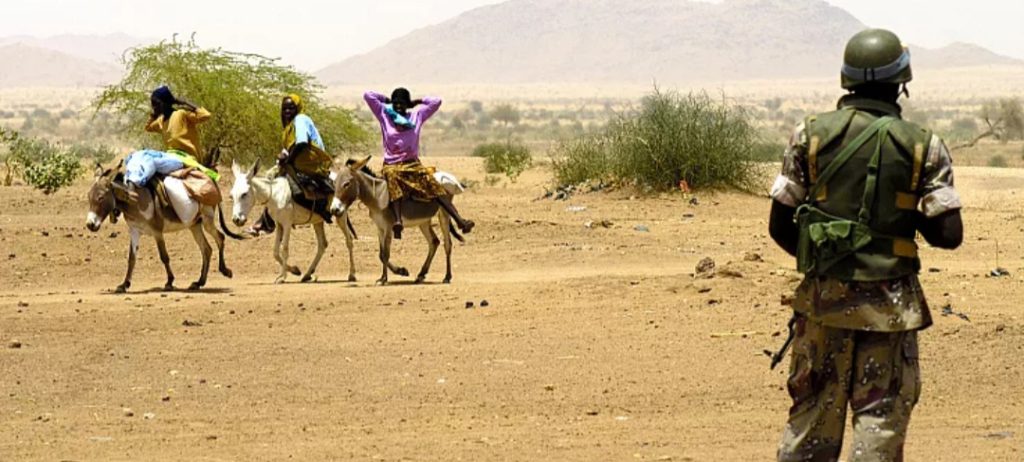
Esther Imonmion
A massive landslide in Sudan’s Darfur region has wiped out the mountain village of Tarasin, killing an estimated 1,000 people in one of the country’s deadliest disasters in decades.
The slide struck Sunday after days of heavy rain in the Marrah Mountains of Central Darfur. Only one survivor has been reported, according to the Sudan Liberation Movement-Army.
When the rain began to fall in the Marrah Mountains, families in the village of Tarasin huddled inside their homes, hoping the storm would soon pass. Instead, the mountain itself gave way.
Within minutes, an avalanche of mud and rock roared down the slopes, swallowing homes, schools, and lives. By nightfall, Tarasin was gone. Only one villager survived.
Local leaders estimate that up to 1,000 people were killed in the landslide, making it Sudan’s deadliest natural disaster in living memory. Drone footage shows a wasteland where a community once stood—mud flats littered with the wreckage of tin roofs and cooking pots.
“This is devastation beyond words,” said a Darfuri aid worker reached by satellite phone. “The mountain buried not just people, but an entire history.”
For Darfur, tragedy is nothing new. Since April 2023, Sudan’s civil war has claimed more than 40,000 lives. Millions have been displaced, and food has become so scarce that some families survive on wild grasses.
Aid groups say the landslide has struck at the worst possible moment: a region already cut off from humanitarian access, now facing fresh grief. Doctors Without Borders has warned of a “total collapse” in the ability to reach people in need.
The Marrah Mountains were once a refuge, where villagers escaping violence found shelter among the volcanic peaks. Today, that refuge is a mass grave.
As Sudan reels from both war and disaster, survivors of Tarasin are left with one unanswered question: Will the world come this time?
